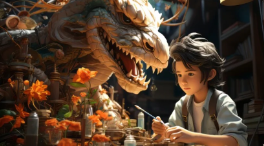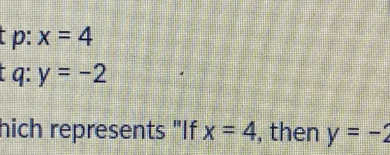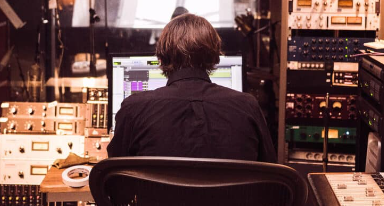A Comprehensive Guide: Drawing:5z_Boyjkm98= Dragon

The process of creating a dragon, particularly one represented by the designation ‘Drawing:5z_Boyjkm98= Dragon, offers a unique opportunity to explore the intersection of anatomy and artistry. Understanding the intricate structure of these mythical creatures is paramount, as it informs the rendering techniques that can bring them to life. The choices of color and texture further enhance the visual narrative, allowing for an evocative portrayal that resonates with viewers. Yet, the challenge lies not only in technical skill but also in capturing the essence of such an iconic figure—how can one effectively balance these elements to achieve a truly compelling representation?
Understanding Dragon Anatomy
Understanding dragon anatomy requires a careful examination of their unique physiological features, which blend elements of various terrestrial creatures to create a compelling and complex mythical being.
Their dragon skeletal structure showcases an intricate design, emphasizing powerful limbs and expansive wings, while maintaining mythical creature proportions.
This fusion of anatomy allows for impressive mobility and presence, captivating the imagination of those who seek freedom through artistic expression.
See also Hidden within the folds of Dragon:Jm4hbh82rcg= Origami lies a world of creativity
Techniques for Dragon Rendering
Mastering techniques for dragon rendering involves a meticulous approach to capturing the creature’s dynamic form and intricate details, utilizing a combination of traditional and digital mediums to bring these mythical beings to life.
Start with sketching poses to define their posture and movement, then employ digital tools for precision and enhancement, allowing for a seamless blend of creativity and technical skill in your artwork.
Color and Texture Choices
Careful selection of colors and textures plays a crucial role in conveying the personality and environment of a dragon, often evoking emotions and enhancing the overall impact of the artwork.
A well-considered color palette can signify a dragon’s temperament, while texture application, such as scales or smooth surfaces, adds depth.
This invites viewers to explore the intricate details and unique essence of each creature.
See also The Dragon:Jw0i6w7mapq= Lizard color-changing abilities reveal secrets about its survival
Conclusion
In the realm of fantasy art, the dragon emerges as a symbol of power and mystique.
Mastering dragon anatomy cultivates a foundation for authentic representation, while rendering techniques breathe life into this mythical creature.
Thoughtful color and texture choices evoke emotion, inviting viewers into an enchanting world.
Ultimately, the fusion of meticulous detail, dynamic poses, and vibrant hues transforms mere sketches into captivating narratives, allowing the dragon to soar beyond the confines of imagination and into the hearts of many.




